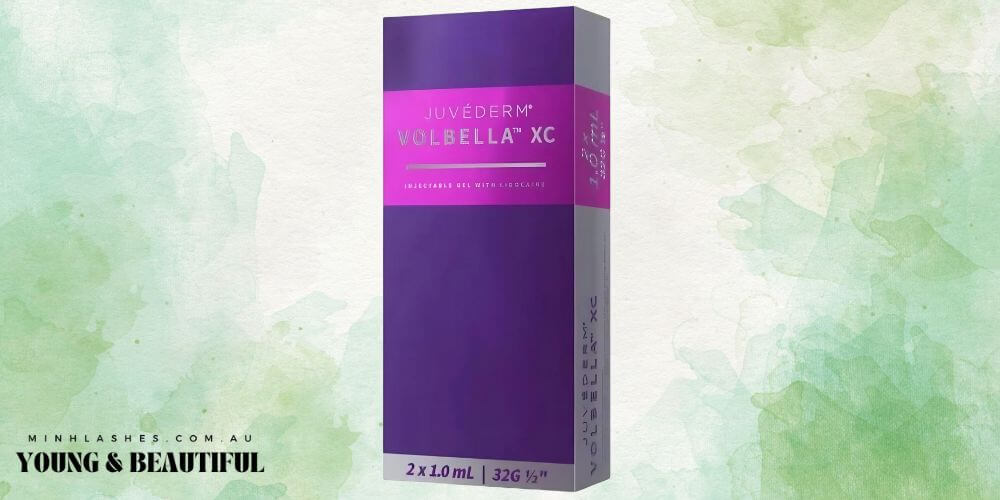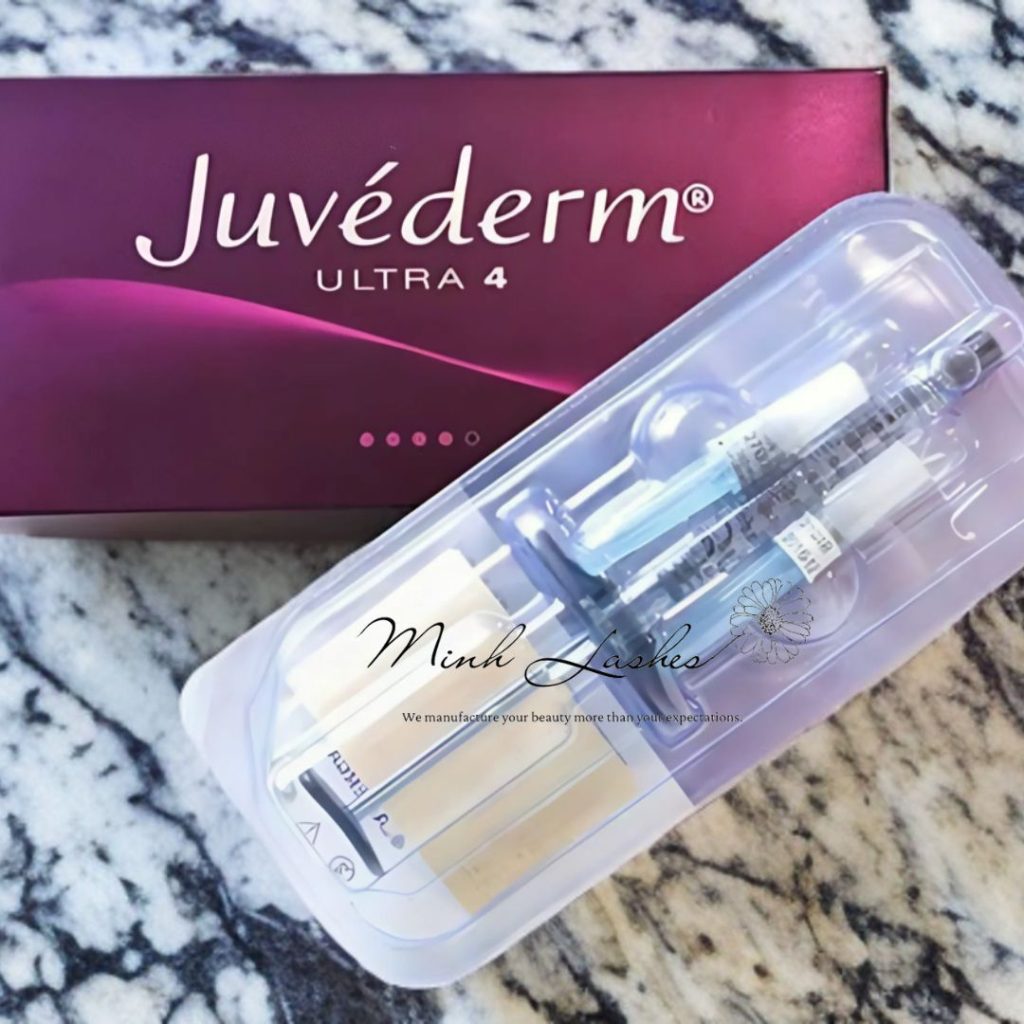No products in the cart.
The Ultimate Guide to Dermal Fillers: Enhance Your Natural Beauty
Dermal Fillers: Your Secret to a Youthful Appearance
Table of Contents
- Introduction to Dermal Fillers
- Types of Dermal Fillers
- Benefits of Dermal Fillers
- The Dermal Filler Procedure
- Aftercare and Recovery
- Potential Risks and Side Effects
- Choosing the Right Provider
- Dermal Fillers vs. Other Cosmetic Treatments
- Frequently Asked Questions
- Conclusion
Introduction to Dermal Fillers
Are you looking for a way to restore volume and smoothness to your face without surgery?🔗 Dermal fillers might be the answer you’re seeking. These injectable treatments have become increasingly popular in recent years, offering a non-invasive solution to combat signs of aging and enhance facial features.
Dermal fillers are gel-like substances injected beneath the skin to add volume, smooth lines, or enhance facial contours. They’re an excellent option for those who want to achieve a more youthful appearance without the downtime and risks associated with surgical procedures.

Types of Dermal Fillers
There are several types of 🔗 dermal fillers available, each with its own unique properties and best uses:
- Hyaluronic Acid (HA) Fillers: The most common type, including brands like Juvederm and Restylane. HA is a naturally occurring substance in the body that helps keep skin hydrated and voluminous.
- Calcium Hydroxylapatite (CaHA) Fillers: These are slightly thicker than HA fillers and can last longer. Radiesse is a popular brand in this category.
- Poly-L-lactic Acid Fillers: These stimulate collagen production over time. Sculptra is the main brand in this category.
- Polymethylmethacrylate (PMMA) Fillers: These are semi-permanent fillers that provide longer-lasting results.
Each type of filler has its own advantages and is suited for different areas of the face and specific concerns.
Benefits of Dermal Fillers
Dermal fillers offer numerous benefits, making them a popular choice for facial rejuvenation:
- Immediate Results: Unlike some treatments that require weeks or months to show effects, dermal fillers provide instant improvements.
- Minimal Downtime: Most people can return to their normal activities immediately after treatment.
- Versatility: Fillers can address a wide range of concerns, from fine lines to deep wrinkles and volume loss.
- Customizable: Treatment can be tailored to your specific needs and desired outcomes.
- Natural-Looking Results: When administered by a skilled practitioner, dermal fillers can provide subtle, natural-looking enhancements.
- Boost in Confidence: Many patients report feeling more confident and satisfied with their appearance after treatment.
The Dermal Filler Procedure
The dermal filler procedure is relatively quick and straightforward:
- Consultation: Your provider will assess your facial structure and discuss your goals to determine the best type and amount of filler to use.
- Preparation: The treatment area is cleaned, and a topical numbing cream may be applied for comfort.
- Injection: Using a fine needle or cannula, the filler is carefully injected into specific areas of your face.
- Massage: The provider may gently massage the area to ensure even distribution of the filler.
- Review: You’ll be able to see immediate results, and your provider will assess the outcome with you.
The entire process typically takes 30 minutes to an hour, depending on the areas being treated.
Aftercare and Recovery
Proper aftercare is crucial for optimal results and quick recovery:
- Apply ice to the treated areas to reduce swelling
- Avoid touching or massaging the treated areas for 24-48 hours
- Stay hydrated and avoid alcohol for 24 hours
- Avoid strenuous exercise for 24-48 hours
- Protect your skin from sun exposure
- Follow any specific instructions provided by your practitioner
Most people experience minimal downtime, with some mild swelling or bruising that typically resolves within a few days.
Potential Risks and Side Effects
While dermal fillers are generally safe, it’s important to be aware of potential risks:
- Bruising and swelling at injection sites
- Redness or itching
- Asymmetry or lumps
- Rare but serious complications like infection or vascular occlusion
Choosing a qualified, experienced provider significantly reduces these risks.
Choosing the Right Provider
Selecting the right provider is crucial for safe treatment and optimal results:
- Look for a board-certified dermatologist or plastic surgeon
- Check their experience and specialization in dermal fillers
- Review before and after photos of their work
- Read patient reviews and testimonials
- Schedule a consultation to discuss your goals and ask questions
Remember, cheaper isn’t always better when it comes to cosmetic treatments. Prioritize safety and expertise over cost.
Dermal Fillers vs. Other Cosmetic Treatments
How do dermal fillers compare to other popular cosmetic treatments?
- Botox: While both are injectables, Botox works by relaxing muscles to reduce wrinkles, while fillers add volume.
- Facelift: Fillers offer a non-surgical alternative with less downtime, but results are temporary compared to a facelift.
- Chemical Peels: Peels address skin texture and tone, while fillers target volume loss and deep wrinkles.
- Microneedling: This stimulates collagen production over time, while fillers provide immediate volume.
Each treatment has its place, and many people combine different procedures for comprehensive rejuvenation.
Frequently Asked Questions
Q: How long do dermal fillers last?
A: Results can last anywhere from 6 months to 2 years, depending on the type of filler used and individual factors.
Q: Are dermal fillers painful?
A: Most people report minimal discomfort. Numbing cream can be applied to enhance comfort during the procedure.
Q: Can I get fillers if I’m pregnant or breastfeeding?
A: It’s generally recommended to avoid fillers during pregnancy and breastfeeding.
Q: How soon can I wear makeup after getting fillers?
A: It’s best to wait at least 24 hours before applying makeup to the treated areas.
Q: Can dermal fillers be removed if I don’t like the results?
A: Hyaluronic acid fillers can be dissolved using an enzyme called hyaluronidase. Other types of fillers are not reversible but will naturally break down over time.
Conclusion
Dermal fillers offer a versatile, non-invasive option for facial rejuvenation and enhancement. Whether you’re looking to smooth wrinkles, restore volume, or enhance your features, fillers can provide natural-looking results with minimal downtime. However, it’s crucial to choose a qualified provider and have realistic expectations.
If you’re considering dermal fillers, take the time to research and consult with a reputable practitioner. They can help you determine if fillers are right for you and create a personalized treatment plan to achieve your aesthetic goals.
Remember, beauty comes in all forms, and dermal fillers should enhance your natural features, not completely change your appearance. With the right approach, dermal fillers can be a valuable tool in your beauty and self-care routine, helping you feel confident and refreshed at any age.
Are you ready to explore the possibilities of dermal fillers? Contact a board-certified provider today to schedule your consultation and take the first step towards a refreshed, confident you.
MINH LASHES | Beauty Clinic & Supplies
☎️ 045233 1613 – 042605 0813
🚩Location: 7 Boardman St, Yagoona 2199, NSW, Australia
🌏Website Beauty: https://minhlashes.com.au/
🌏Website Supplies: https://minhlashes.com/
✅✅✅ Follow us on:
👉Facebook: https://www.facebook.com/minhlashes
👉Tumblr: https://www.tumblr.com/minhlashescom
👉 Instagram https://www.instagram.com/minhlashes/
👉 Twitter: https://x.com/minhlashesau
👉 Pinterest: https://pin.it/7j5db5Qhm
Read More:
- The Ultimate Guide to Lip Fillers Sydney: What You Need to Know
- Botox Into Masseter: A Complete Guide to Jaw Slimming Treatment
- Dysport vs Botox: Which Wrinkle-Reducer Is Right for You?
- Everything You Need to Know About Dermal Fillers Juvederm: A Complete Guide
- Understanding and Managing Lip Filler Bruising: What You Need to Know
Related Posts:
-
Everything You Need to Know About Dermal Fillers Juvederm: A Complete Guide
-
Juvederm Dermal Filler: Benefits, Types & What to Expect
-
Understanding Juvederm Dermal Fillers: Your Complete Guide to Natural-Looking Results
-
Everything You Need to Know About Juvederm Injectable Filler: A Complete Guide
-
Juvederm Everything You Need to Know About It: A Complete Guide to 1 Facial Fillers




